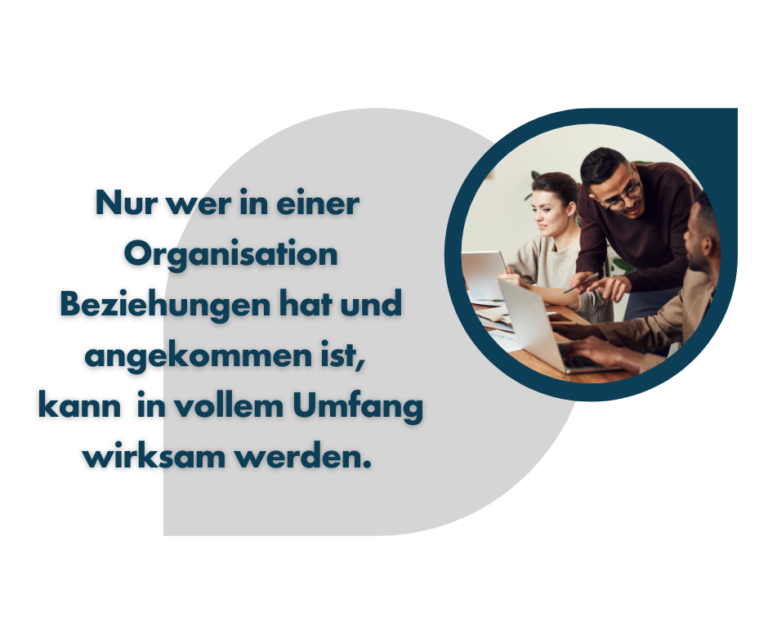
The home office obligation is coming to an end and companies are faced with the decision of how collaboration should look like in the future. One keyword will not be missing from any current discussion on working models: Hybrid Work. But how does it succeed? We present 10 success factors for hybrid work.
Switching to remote work is not enough.
"We are now coming back to the office twice a week! This or something similar is the response to the question of what post-pandemic working models currently look like in companies. But is that enough? The good news: Sure, it's enough to make hybrid working work. The bad news: somehow it is.
Many companies have already successfully converted to online and remote work, but this conversion is only partially sufficient. Short-term functionality should not be confused with long-term success. The further development of hybrid leadership and hybrid collaboration must remain in focus, because this collaboration model is the future of work.
In addition to purpose, communication and the realisation that digitalisation is not a project, our 10 theses focus in particular on the employee. Because what has fallen by the wayside in the last two years? That's right. The short but essential chat in the coffee corner - not just that, of course. On the one hand, this has led to employees no longer feeling seen and, on the other, to a lack of any sense of belonging and identification with the organisation.

Cultural onboarding and revitalised communities as a success factor.
With 40 or 50 hours of work together, you quickly learn to swim in the shallows of the workplace culture. You quickly get to know the team, both personally and professionally. After a week, you know that lunch together is important to colleague XY and that this one project 10 years ago shaped the department more than all the others after that. However, if you only spend 5 or 6 hours together with your colleagues, emotional effects such as solidarity, trust and identification come much later, if at all.
Cultural onboarding has become much more complex in the hybrid world of work, in addition to professional induction. Equally complex, but not impossible, is the revitalisation of internal communities. In the Microsoft Work Index, in which more than 30,000 professionals and managers worldwide were asked about their assessment of the first 12 months of the Corona work environment, 40% said their network had become smaller during the pandemic. Some might say: so what? The main thing is that the cooperation works! But those who share this opinion underestimate the role of communities. What internal communities actually are and what added value they offer is explained in our white paper.
Digitisation, innovation and transformation never succeed without people.
We want tech-focused companies to not only work. Our vision is that HR managers, organisational developers or managers know exactly how hybrid working is not only made to work, but actively used to decisively improve (team) work in organisations. For us, the motivation, initiative and potential of employees is the key factor for future success.
The 10 success factors for Hybrid Work in 2022.
The transformation to a new work model is a big change. But what does a hybrid or remote model actually mean for your organization and thus for you as an HR* employee or manager? Find out more in our free whitepaper, which we will gladly send to you free of charge. Just contact us here with the keyword Success Factors for Hybrid Work and the paper will land in your mailbox.
